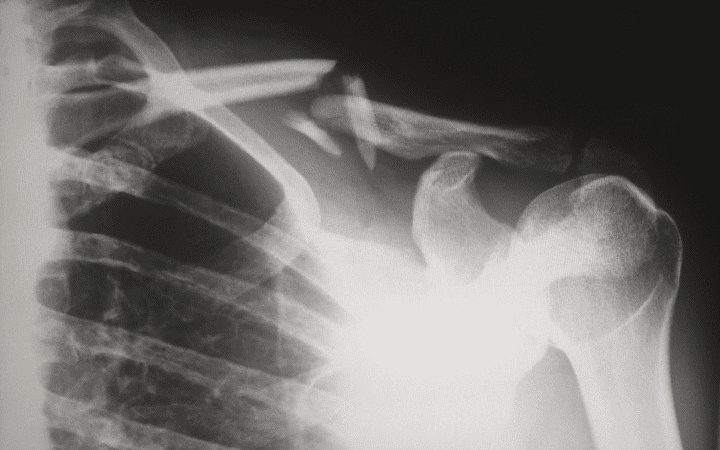The hybrid sliding-rocking bridge from Texas A&M University has flexible joints that help reduce impact and damage to the overall structure.
Benefits
- Sustainable
- Resilient
- Increased performance
Applications
- Bridge design
- Building design
UN Sustainable Development Goals Addressed
-

Goal 9: Industry Innovation & Infrastructure
The Challenge
Bridges are oftentimes made of concrete- a stiff, hard, inflexible material. When an earthquake or other natural disaster hits, the components may be forced to move, but because they are unable to, the structure ends up cracking and breaking. If structural damage occurs, the repairs can be costly, or could lead to catastrophic failure of the overall structure.
Innovation Details
The hybrid sliding-rocking bridge is made of columns with joints and segments inspired by limbs. The column is made of precast concrete with steel rebar inside. The steel is post-tensioned, a method where lengthened steel cables are placed before the concrete is poured. The column is connected to the rest of the structure with rocking and sliding joints. In the event of a major catastrophe such as an earthquake, the joints absorb some of the energy while the segments slide over one another, rather than bending or cracking. The columns exhibited little damage when exposed to high-intensity shock similar to what would be delivered by earthquakes, and the damage that did occur could be repaired quickly with grout and carbon fibers.
Biological Model
A joint is where two bones meet in the body. Different joints allow for different types of movement. Cartilaginous joints are connected by cartilage, and allow for small types of movement, for example the vertebrae in the spine. Synovial joints are more freely moving and can move in many directions, such as hip or shoulder joints. These joints are filled with fluid that acts like a lubricant, helping the joints to move more easily.





